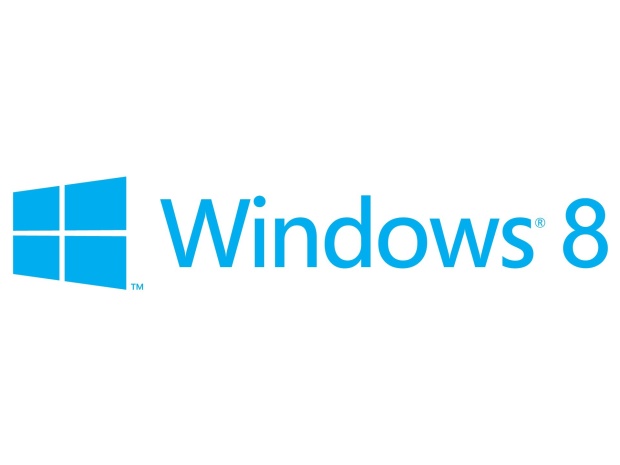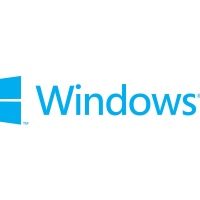The fact that major personal computer vendors are launching high–end laptop-cum-tablets in two different types of operating systems on the same device is proof that they are trying to cover the shortcomings of one operating system by launching the device with another operating system. This not only increases the target group for the mobile manufacturing companies but majorly gives users a choice to select the device with the operating system that they are comfortable with. It has long been a fact that the Windows 8 operating system has a lot of shortcomings that are faced by the users and many of the users still prefer to use Windows 7.
Whatever advantages the Windows system brings to the table for a desktop, automatically gets neutralized, when it is used as a tablet. As an operating system for a smartphone or tablet, the Windows system lacks the availability of good apps, which in turn is a great advantage for Android. Android runs on the fact that it is easy to use and at the same time carries a lot of applications in its Play Store.

Even though Microsoft may claim that there are more than 100,000 apps in its marketplace, users fail to find any real usable app. As it is known that these mobile applications are almost the unique selling point for any device today as they are extremely popular among users and many want to buy a smartphone to avail the benefits of these innovative applications. However, here Android has its bigger share of fan followers because it gives its users an access to a large number of applications which are tried and tested while on the other hand, windows fail to lure its users on the same grounds.
Asus and Samsung have released the earliest version of laptop-cum-tablet pc that offer greater mobility within the same range of specifications. Working on the go it faster and better. But in order to create a wholesome experience, there needs to be a good supportive operating system. Android was never support PCs and Windows has failed to land a dependable job in the smartphone and tablet segment.
Hence major vendors need to use both the operating systems in their devices. Android is used in the tablet form whereas Windows 8 is used in the laptop form. Further the facility to add Android apps on the Windows 8 start screen further degrades the Windows 8 position and points to its shortcoming.
This issue can be solved with the help of an Android emulator on the PC, but OEMs or Orginal Equipment Manufacturers would not view this as a suitable replacement. Even though this would solve the issue of the availability of the apps, it still would not be able to totally cloak the inability of Windows 8.
The reason why Windows 8 is used is due to its user friendliness and the great experience it provides to a laptop or desktop user. As such the experience is not a far fall from the one offered by the Windows 7. But Microsoft chose to brand Windows 8 as a better product than Windows 7. This can be termed as somewhat a strategic downfall on Microsoft’s part as such a move has only hurt their current sales.
Further, these devices are not the correct size for a tablet and are much heavier. Add to this their continued inability to share data between different modes, negates the whole objectivity of a laptop-cum-tablet feature.
Windows RT being separately packaged from the Windows 8 experience is hurting the sales even more. It would be somehow better if Microsoft can find a way to marry the best feature and performance of both the products into one and thereby attract more consumers towards the Windows ecosystem.
